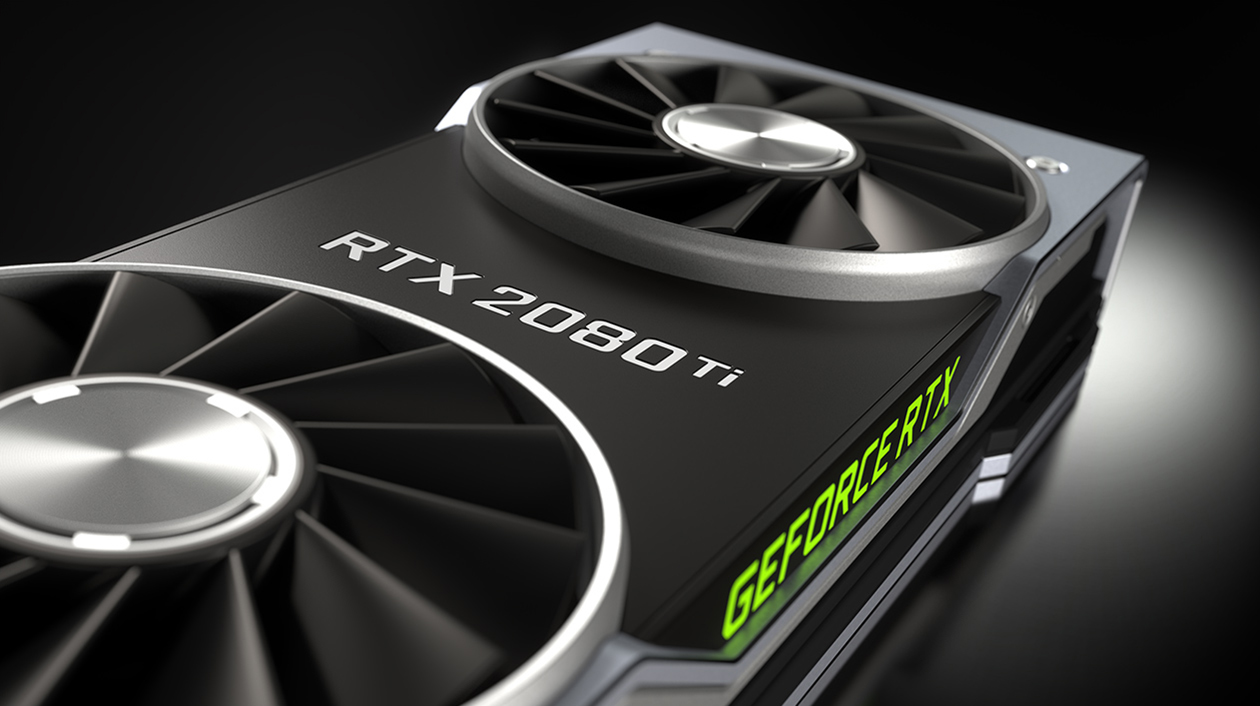Overclocking your GPU can be a great way to boost gaming performance and get the most out of your graphics card. One popular tool for this task is MSI Afterburner, a versatile utility that allows you to monitor and manage various aspects of your GPU, such as the core clock, memory clock, core voltage and fan speed, all from a user-friendly interface.
In this guide, we’ll walk you through the steps to overclock your GPU using MSI Afterburner. While the process may seem daunting at first, breaking it down into manageable steps will make it easier to achieve the best results for your graphics card.
Prerequisites for Overclocking Your GPU
Before diving into the overclocking process, you’ll need to download and install some essential tools:
- OC Software: MSI Afterburner
- Monitoring: GPU-Z
- Stress-Test/Benchmarks: Superposition
Once you have these programs installed, you’re ready to begin. Be sure to maximize the power and temperature limits within MSI Afterburner for optimal performance.
Using MSI Afterburner OC Scanner
MSI Afterburner offers a handy feature called OC Scanner that can help you find a good starting point for your overclock. It analyzes your GPU and suggests core and memory clock adjustments. This tool can significantly expedite the overclocking process.
For reference, the OC Scanner recommended a 113 MHz core overclock and a 200 MHz memory overclock for my GTX 1060. You can either follow these recommendations or use them as a starting point for your specific GPU model.
To initiate the OC Scanner, launch MSI Afterburner and let it run. Keep in mind that this process may take 20-30 minutes. If you prefer not to wait, you can research typical overclocks for your GPU online and start testing with values slightly lower than the average.
Finding the Maximum Core Clock
We’ll begin by adjusting the core clock, which has the most significant impact on GPU performance. Follow these steps:
- Open MSI Afterburner and click on the settings cog. Enable the voltage options and apply the changes.
- Maximize the power and temperature limits for your GPU.
- Set the core clock to the starting value recommended by the OC Scanner or chosen earlier. For example, if it was 113 MHz for my GTX 1060, input that value.
- Apply the new configuration by clicking “Apply” in MSI Afterburner.
- Launch a benchmark tool like Superposition with the highest preset settings that your GPU can handle without VRAM overload. Monitor the test for visual artifacts.
- If the test completes without issues, note the average/max FPS, maximum GPU temperature and benchmark score.
- Gradually increase the core clock in small increments based on your GPU’s series:
- AMD GPUs: 10 MHz
- NVIDIA 1000 series and older: 12.5 MHz/13 MHz
- NVIDIA 2000 series and newer: 15 MHz
- After each increase, run the benchmark again, keeping an eye out for artifacts or crashes.
- Continue this process until you encounter visual artifacts or crashes, at which point you should dial back the core clock by a step or two.
- Record the maximum stable core overclock, which is the value where your GPU remains stable without issues.
Finding the Maximum Memory Clock
Now, let’s determine the maximum stable memory clock using a similar process:
- Start with a conservative value for the memory clock, such as 200 MHz.
- Test it, increasing the memory clock in increments of 50 MHz.
- Continue testing until you encounter instability or crashes. In case of instability, revert to the last stable value and retest to confirm stability.
Creating a Fan Curve
Depending on your GPU and cooling setup, your GPU’s temperature may vary during overclocking. To ensure your GPU stays cool without excessive noise, consider creating a custom fan curve:
- Determine the fan speeds you’re comfortable with within the 50-90% range based on noise levels.
- Monitor the average GPU temperature during typical usage, such as browsing, working, or gaming.
- Access the fan curve settings in MSI Afterburner and set the fan speeds based on temperature thresholds to maintain a balance between cooling and noise.
Adjusting the Core Voltage
MSI Afterburner allows you to adjust the core voltage, which can yield higher overclocks at the expense of increased temperatures. Consider this option based on your cooling capabilities:
- Increase the core voltage incrementally(e.g., 35 mV or 0.035V) to achieve a higher overclock if your cooling can handle it.
- If you face heating issues, consider undervolting to reduce temperatures while maintaining the default clock speed.
Testing Your Best Overclock
Once you’ve determined a stable overclock that suits your preferences and GPU’s capabilities, it’s time to test it:
- Save your overclock settings to a profile within MSI Afterburner.
- You can also enable options to start with Windows and start minimized in MSI Afterburner’s settings for automatic overclock application.
- Test your overclock with various stress-testing tools and your typical workload(e.g., games, editing) to ensure stability.
- If you encounter issues with specific games, consider downgrading the overclock by a tier or creating separate profiles for different usage scenarios.
My Overclocking Results
To provide some real-world context, here are the results of overclocking my ASUS GeForce GTX 1060 6GB Dual OC and MSI Radeon RX 570 ARMOR MK2 8G OC:
GTX 1060:
- Core Clock: Stock 1569 MHz, Overclocked 1707 MHz(+138 MHz)
- Boost Clock: Stock 1785 MHz, Overclocked 1923 MHz(+138 MHz)
- Memory Clock: Stock 2002 MHz, Overclocked 2252 MHz(+500 MHz)
RX 570:
- Core Clock: Stock 1268 MHz, Overclocked 1418 MHz(+150 MHz)
- Memory Clock: Stock 1750 MHz, Overclocked 2150 MHz(+400 MHz)
After overclocking, my Superposition benchmark score for the 4K Optimized test improved from 4019 to 4242 for the GTX 1060, with an average FPS increase from 30.06 to 31.73. In various games, I noticed substantial FPS improvements as well.
Conclusion
By following these steps, you can successfully overclock your GPU using MSI Afterburner, tailor your settings to your preferences and enjoy improved gaming performance and graphics capabilities. Happy overclocking!
Experiencing difficulties with your Device, check out our “How To” page on how to resolve some of these issues.







